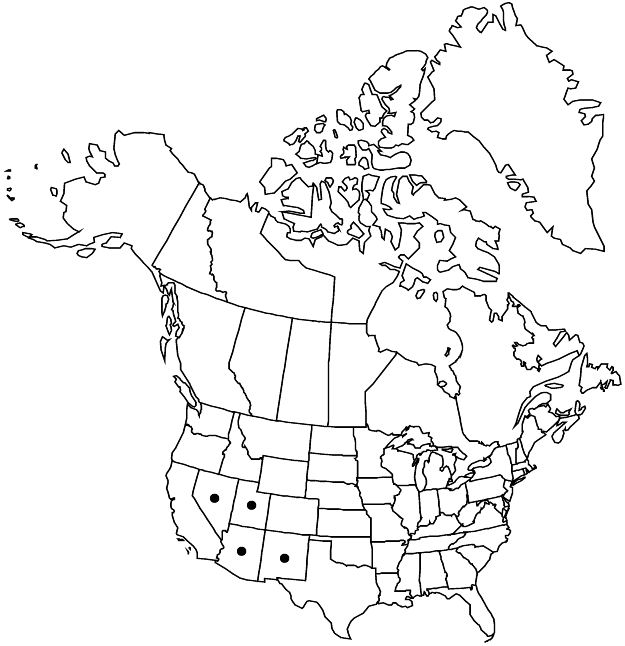Linum subteres
Nat. Pflanzenfam. ed. 2, 19a: 116. 1931.
Herbs, annual or perennial, 15–50 cm, glabrous and glaucous. Stems stiffly spreading-ascending, branched at base and distal to middle. Leaves alternate or proximalmost opposite, crowded at base, appressed-ascending; stipular glands absent; blade oblanceolate to lanceolate or linear-lanceolate, 8–17 × 1.2–2.3 mm, margins entire, not ciliate, apex apiculate. Inflorescences few-flowered racemes. Pedicels (5–) 20–30 (–60) mm. Flowers: sepals persistent, lanceolate to lanceovate, 4.5–7 mm, margins narrowly scarious, inner sepals conspicuously toothed, outer ones very coarsely glandular-toothed, sometimes sparsely so, apex acuminate or narrowly acute; petals lemon yellow, obovate, 9–15 mm; stamens 5–7 mm; anthers 1–2 mm; staminodia absent; styles connate to within 0.8–3 mm of apex, 5.7–9 mm; stigmas capitate. Capsules ovoid (distinctly longer than broad), 3.5–4.6 × 2.5–3.1 mm, apex sharp-pointed, dehiscing completely into 5, 2-seeded segments (very easily crushed), segments persistent on plant, false septa incomplete, proximal margins terminating in loose fringe, cartilaginous plates at base of segments poorly developed. Seeds 2.5–3 × 0.9–1.2 mm. 2n = 30.
Phenology: Flowering May–Aug.
Habitat: Sandy soils, clay, sagebrush and pinyon-juniper zones.
Elevation: 1300–2200 m.
Distribution

Ariz., Nev., N.Mex., Utah.
Discussion
Linum subteres is most closely related to L. vernale; it has lemon yellow petals, rather than orange to salmon-colored with a maroon base, and relatively thick, crowded, broad basal leaves (C. M. Rogers 1984). Leaves on the proximal half of each stem are closely spaced and imbricate; distal branches and inflorescence are widely spaced and subtended by closely appressed, relatively long, narrow leaves or bracts, giving the upper part of the plant a leafless look.
Selected References
None.
Lower Taxa
"wider" is not a number.